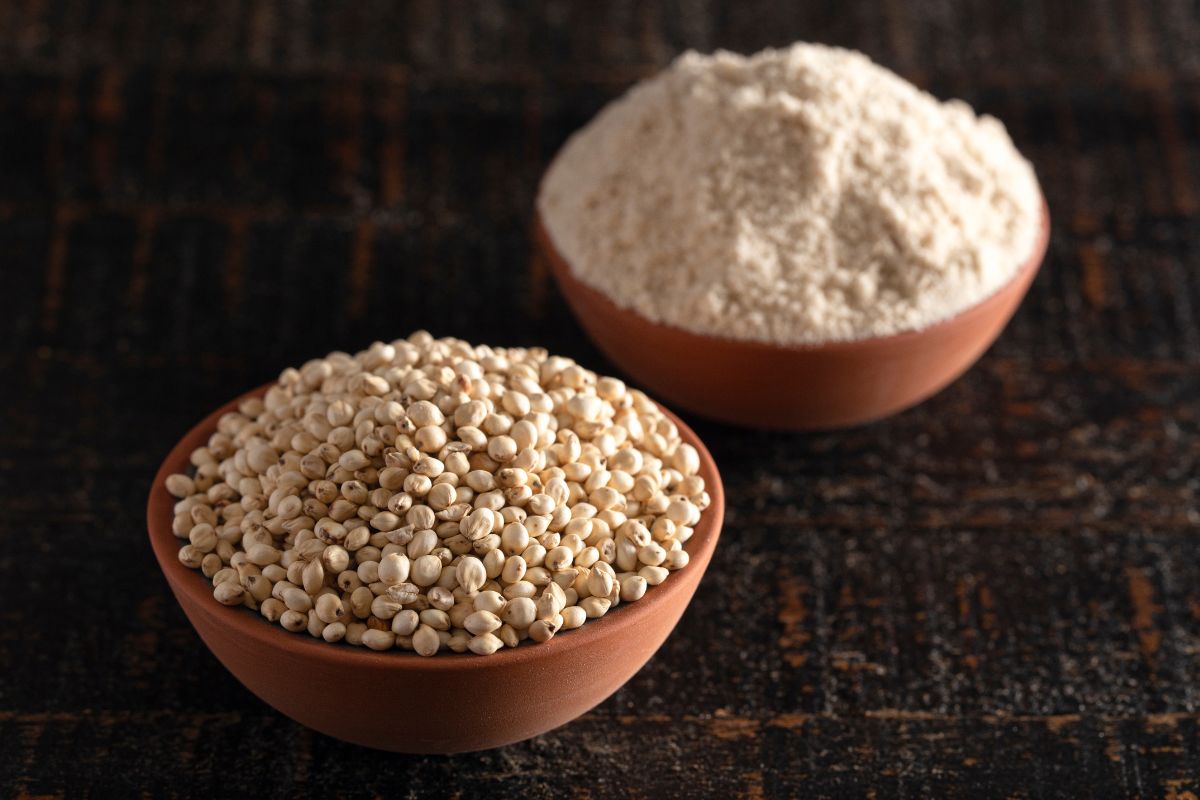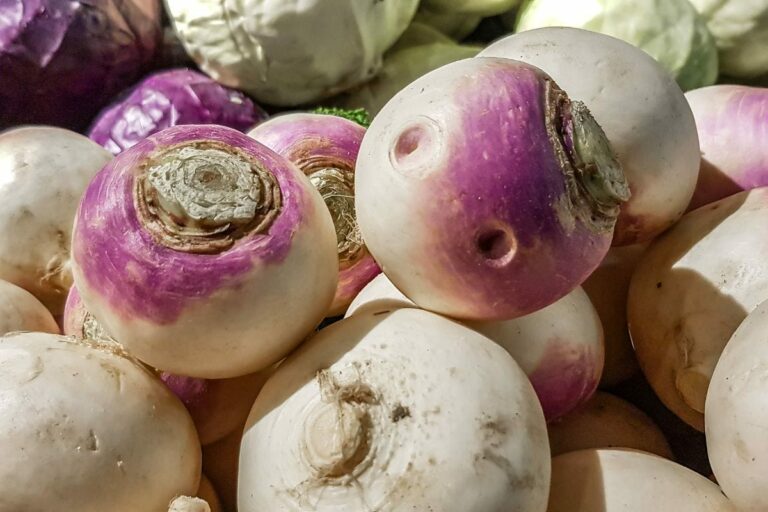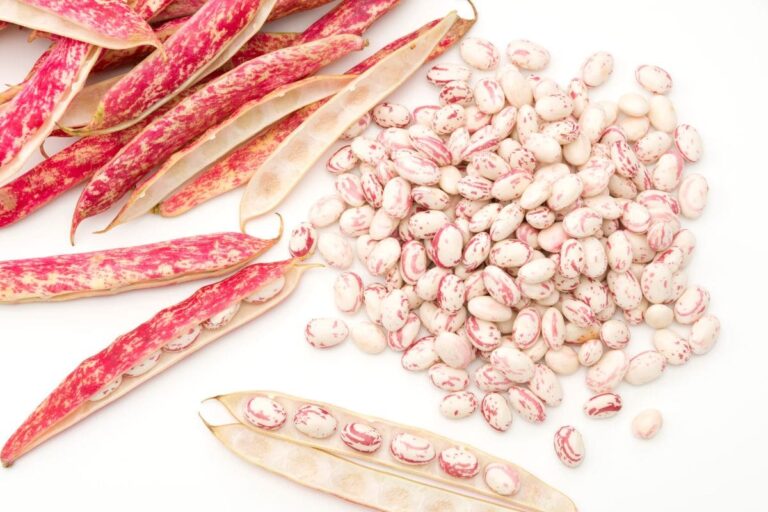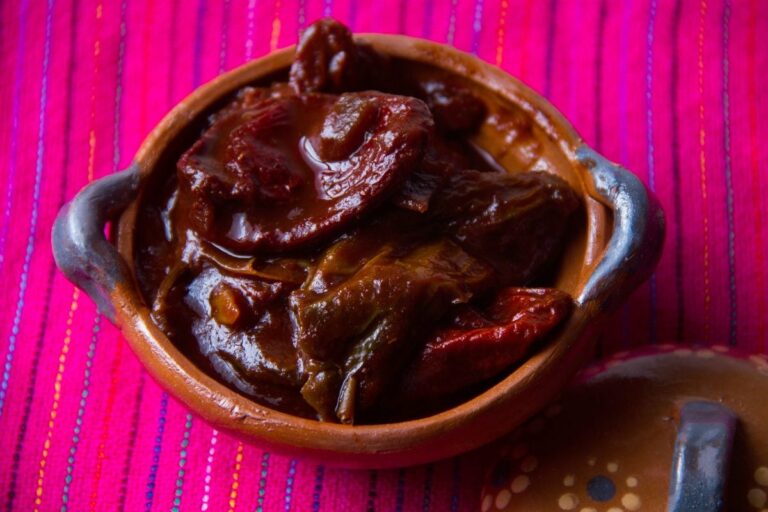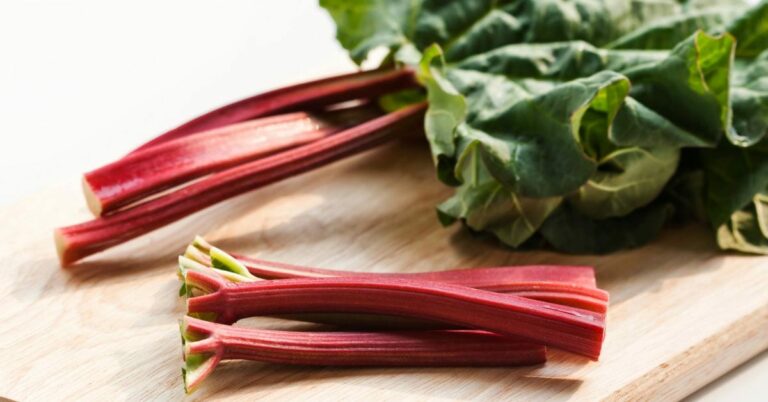From Rice Flour to Chickpea Flour: Discover the Best Sorghum Flour Replacements!
One of the healthiest ingredients you can use in bread and other baked products is sorghum flour. This sort of flour, which is made from sorghum grains, offers several health advantages. In addition to not containing gluten, protein, minerals, antioxidants, and other nutrients are also present.
Although this flour is excellent for baking, it is not widely accessible everywhere. You can choose from the following alternatives if you run out of sorghum flour, which is renowned for its nutty and delicate flavor and texture. You may use Arrowroot powder, Coconut flour, Rice flour, Quinoa flour, Potato flour, Tapioca flour, Canthan Gum, Chickpea, and Teff flour as a replacement if you can’t locate sorghum flour. All of which provide practically identical advantages to sorghum flour.
What Is Sorghum Flour?
Let’s first talk about the major component, sorghum, before examining just what sorghum flour is. Although many of you have probably heard of this component by this point, Western and European nations still don’t give it much credit. The world’s fifth-largest produced cereal grain is this one.
The flour has the most adaptable texture for baking. Both savory and sweet dishes can utilize sorghum. It makes excellent cakes, muffins, and pastry flour may be used to make pasta and can be used to bake loaves of bread.
An extremely nourishing cereal grain is sorghum. It has a lot of protein, a lot of carbohydrates, and a ton of vitamins and minerals. It has very high levels of copper, iron, and B vitamins. The flour component will inevitably lose certain nutrients as a result of the processing. However, unbleached sorghum flour will still be rich in vitamins and minerals, so you may relax.
Best Substitutes For Sorghum Flour
| Substitute: | Best For | |
| Arrowroot Powder | Baked goods, Cakes, Batter-based foods, Muffins, Thickening agents, Stew thickener, Soups, Sauces | |
| Coconut Flour | Cakes, Muffins, Baked goods, Thickening agent | |
| Rice Flour | Pancakes, Pastries, Bread, Batter-based food | |
| Quinoa Flour | Spaghetti, Bread, Baked goods, Cakes | |
| Potato Flour | Thickening agent, Bread, Baked goods, Soups, Sauces | |
| Tapioca Flour | Batters, Pancakes, Cookies, | |
| Teff Flour | Pasta, Baked Goods, Bread | |
| Xanthan Gum | Cookies, Baked goods, Brownies, Bread | |
| Chickpea Flour | Pancakes, Batters, Bread, Baked goods, Sauces, and Stew thickener |
1. Arrowroot Powder
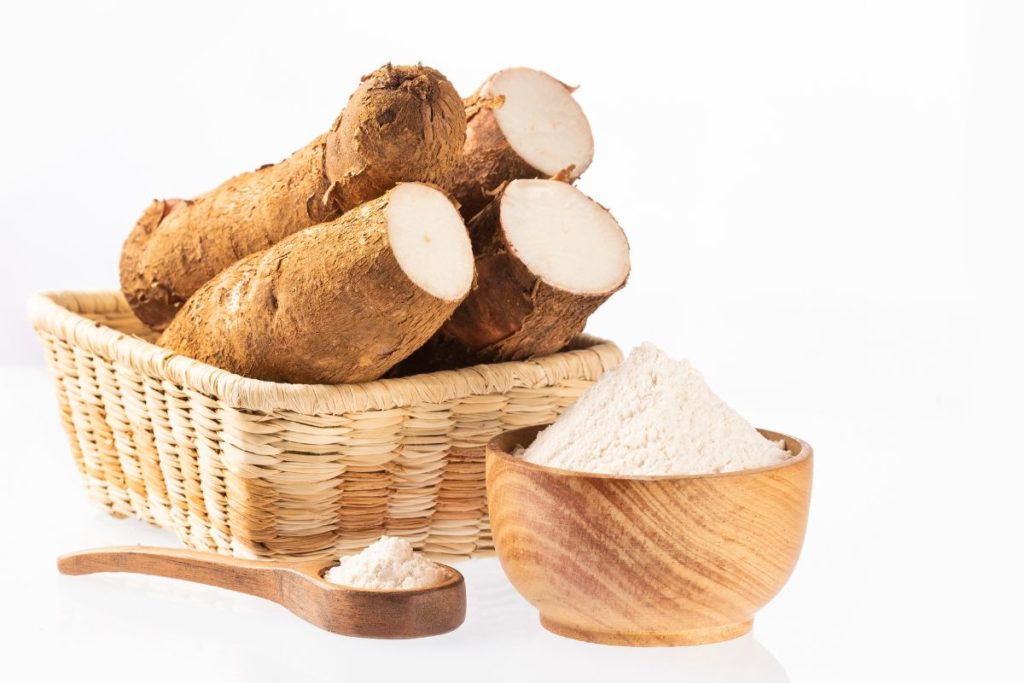
Arrowroot powder is the first replacement for Sorghum flour we will discuss. And before you worry about where to obtain it, it has really become quite convenient and reasonably priced.
Let’s start by defining arrowroot powder. The roots of a tropical plant known as Maranta arundinaceae are used to make this flour.
In addition to being fully wheat-free, arrowroot powder is also naturally devoid of fat, cholesterol, and gluten. Overall, it is a great alternative for persons with allergies, intolerances, and Celiac disease.
Its extremely light hue makes it the ideal replacement for baked items with a light color. In recipes for cakes, muffins, and batter-based foods, this replacement will perform better. It also works well as a thickening agent due to its high starch content. It may be used to make sauces, soups, and stews thicker.
2. Coconut Flour
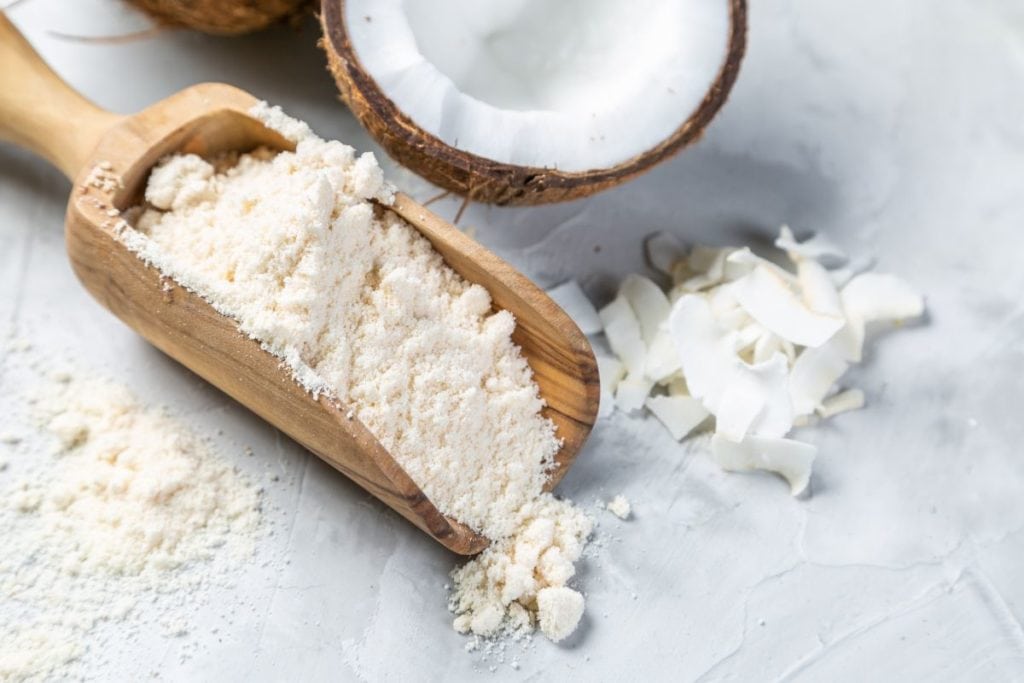
Fresh coconut flesh is used to make coconut flour. It is a nut-based flour with a ton of nutrients and is naturally gluten-free.
However, the most important aspects of this flour to take into account are its taste and texture. Like the majority of nut-based flour, coconut flour has a texture. It isn’t a smooth, powdered material, according to this. It also has a noticeable coconut taste.
In contrast to starchy flour, coconut flour works excellently as a standard flour alternative and won’t result in exceptionally thick textures. You primarily have to learn to accept the flavor. Apart from that, you won’t be let down.
3. Rice Flour
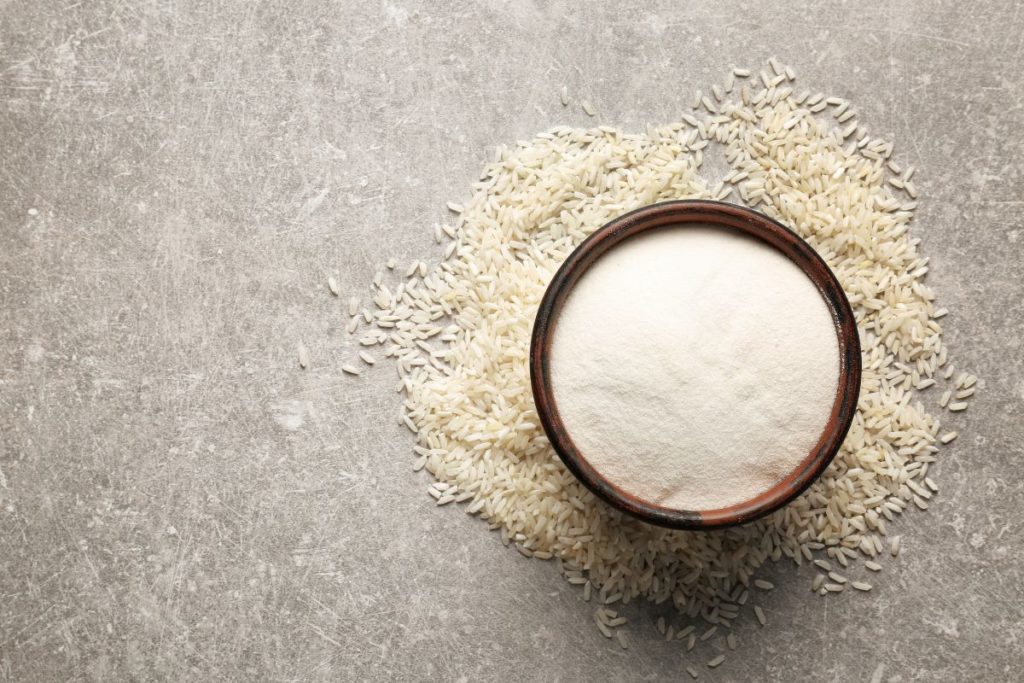
Another very popular alternative to wheat flour is rice flour, which is made by milling rice granules. Either brown rice or white rice can be used to make this flour. Of course, this will have an impact on the properties of the flour itself.
This gluten-free component may be used for a variety of tasks in baking because of its versatility. It may be used in recipes for bread, pastries, and pancakes. When making French toast batter, you may also include rice flour.
So you might want to conduct additional research first depending on how gluten-sensitive you are. Additionally, rice flour is white in color, essentially flavorless, and works well in place of sorghum in almost all recipes.
4. Quinoa Flour
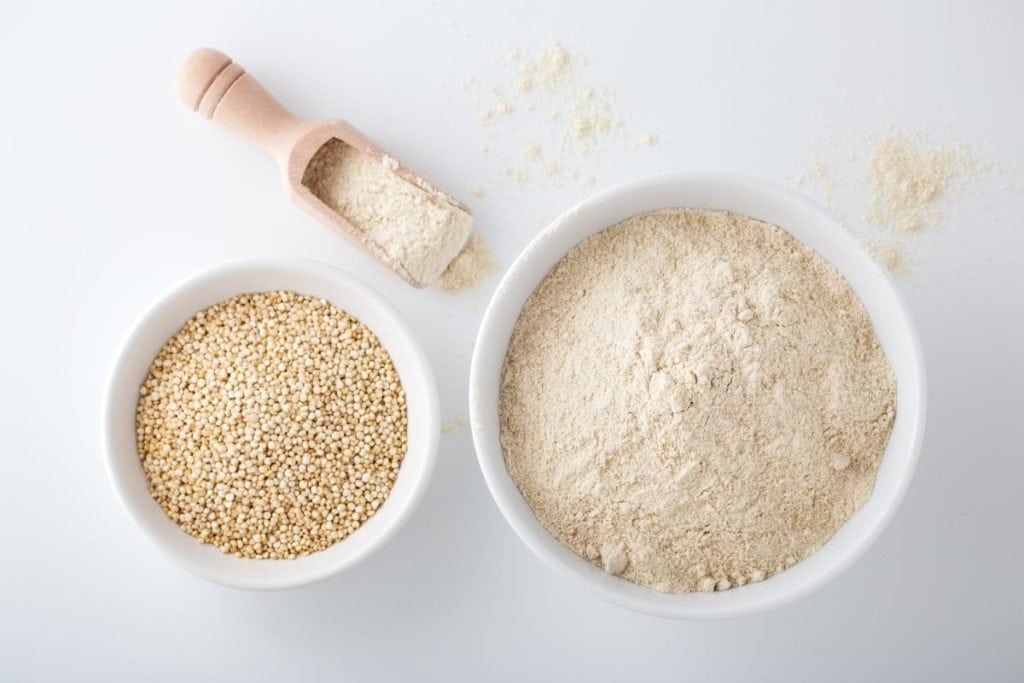
Quinoa flour is a relatively new product on the market, at least according to our standards. It does, however, have a terrific nutritional profile, just like the whole grain. The color of quinoa flour depends on whether it is prepared from red or white quinoa.
It has a high protein content and is a good source of fiber and almost any gluten. Because of the minerals, it contains, it also provides a ton of additional health advantages. Because quinoa has a lot of protein, the dough may expand without the usual gluten-proteins being present. This makes it an excellent choice for spaghetti and loaves of bread.
5. Potato Flour
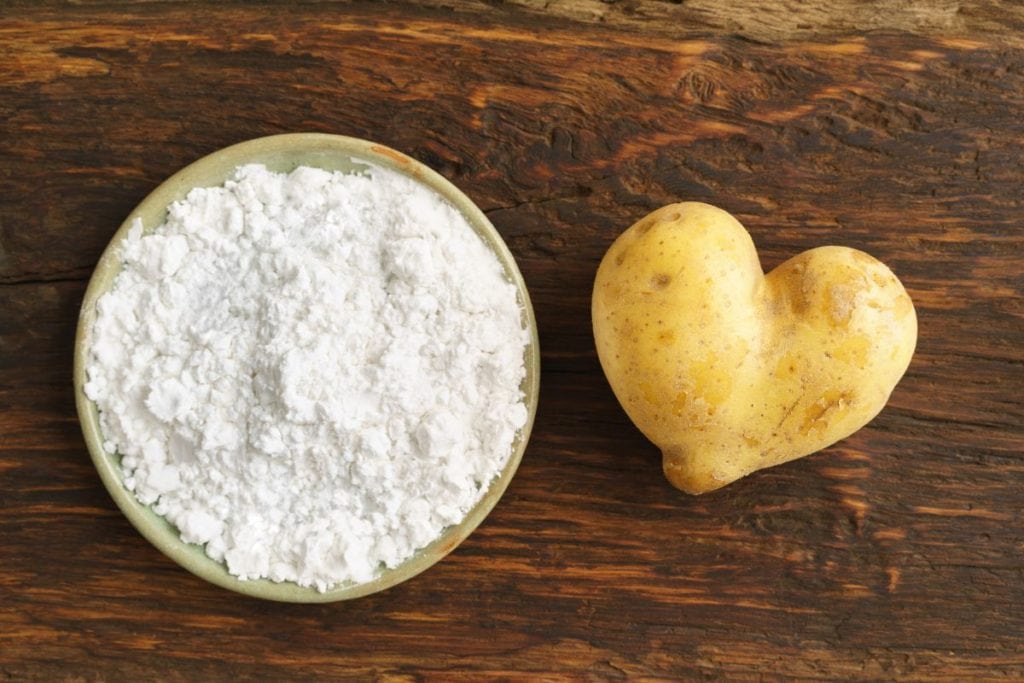
In contrast to the majority of wheat-free flour substitutes, potato flour is far less costly and is clearly a gluten-free flour. This is probably because potatoes are so widely available and reasonably priced.
But keep in mind that this is another high-starch flour that could change how bread and other baked goods turn out. It is a white substance with a high solid texture that functions best when used sparingly or as a thickening agent. You might also try replacing some of the sorghum flour with potato flour and the remaining portion with almond or coconut flour.
6. Tapioca Flour
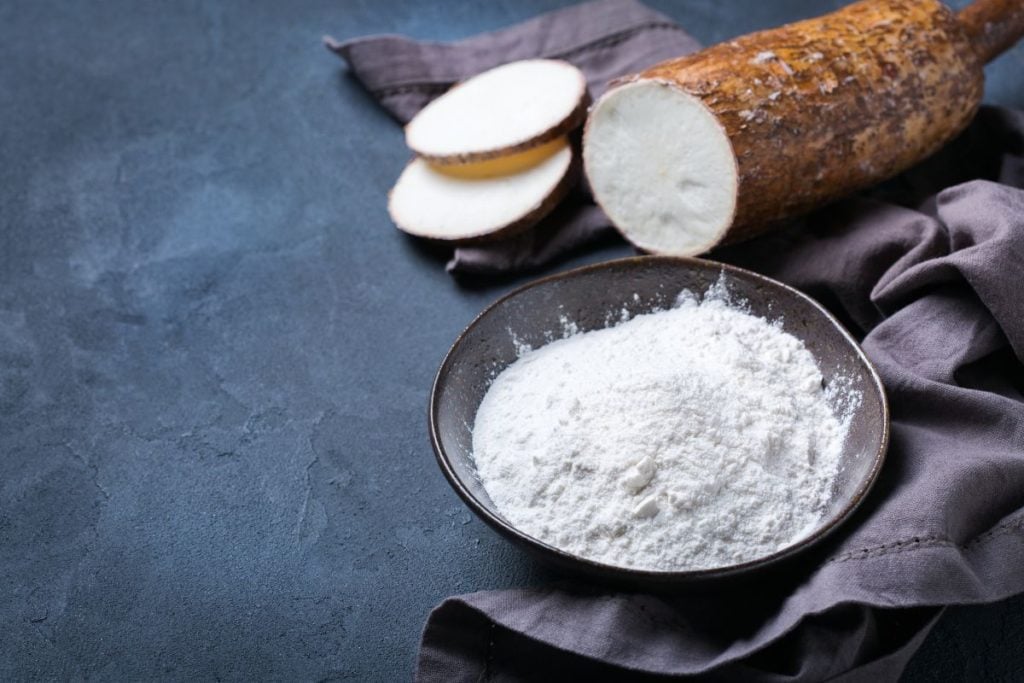
Cassava roots sometimes referred to as yuca, are used to make tapioca flour (not to be confused with the yucca plant). This flour is really something. This flour is also incredibly nutrient-dense and high in vitamins, minerals, and carbohydrates. It also has low levels of cholesterol, fat, and protein, even lower than sorghum.
Additionally, it is totally devoid of gluten. Now, tapioca starch and flour are the same things. This flour includes components of sweetness as well as a little nutty taste. It may be used to produce batters for cookies, pancakes, and more.
7. Teff Flour
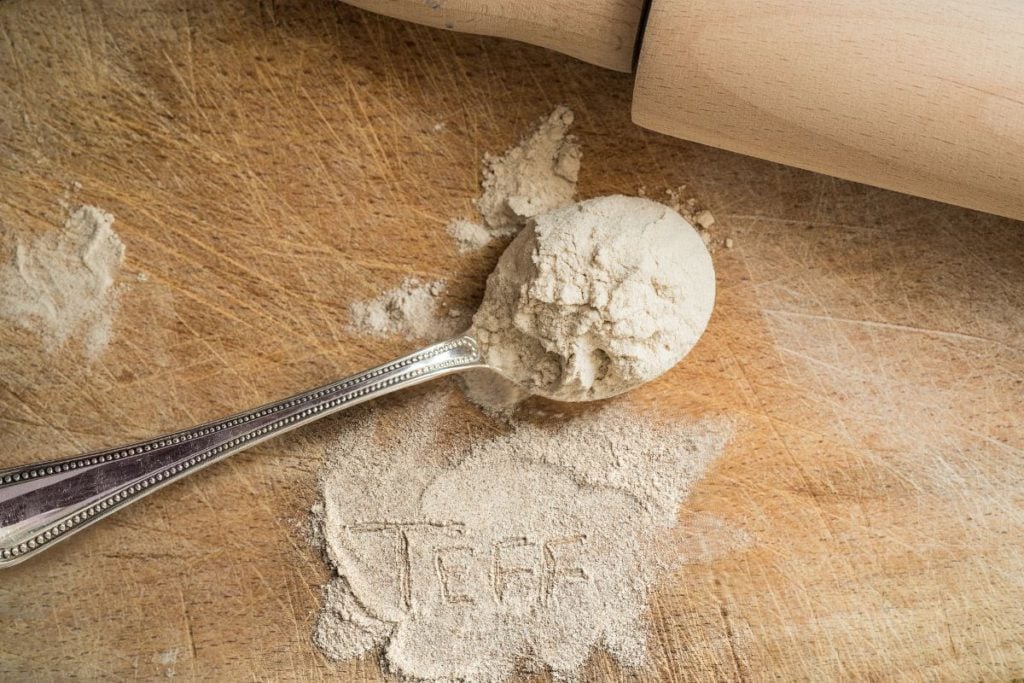
Although it has been a staple cereal grain on the African continent for millennia, teff flour was only recently made available in Western nations. Whole grain teff flour, which is naturally very abundant in nutrients, is made from this ancient grain. It is also quite strong in protein, giving it another excellent choice for baking bread and pasta.
Teff flour has a light brown hue and a somewhat coarser texture. Obviously, this will have an impact on the appearance and color of your items, so pick this replacement carefully.
8. Xanthan Gum Flour
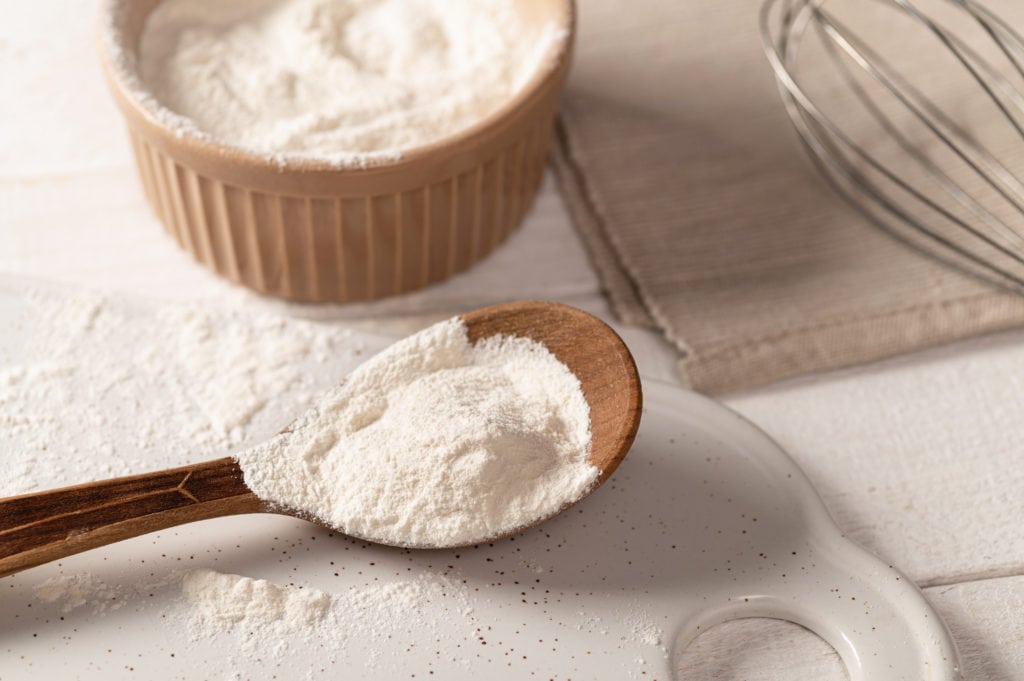
To increase flexibility and create the gluten effect in baked goods while keeping them gluten-free, you can use xanthan gum with other gluten-free flour. When creating cookies, brownies, or even bread, this method works very well to increase that volume once baking is complete.
9. Chickpea Flour
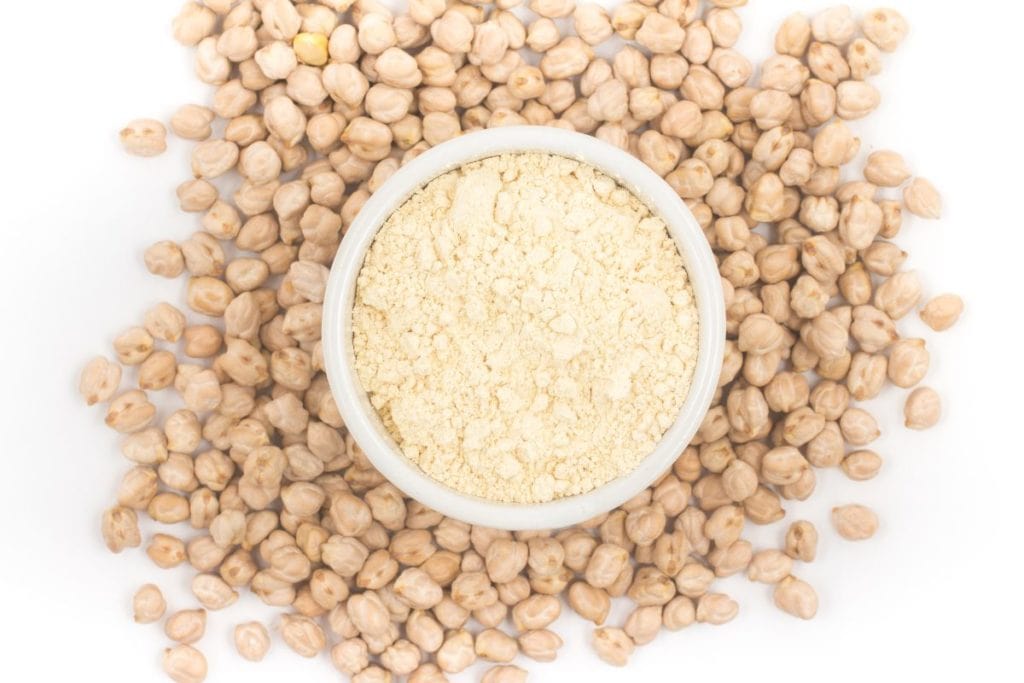
You may also use a chickpea flour, commonly referred to as garbanzo flour, as a protein-rich alternative to regular flour. The beans themselves were used to make this flour, which was then dried and made. You may use this for eggs in addition to using it to replace sorghum. It quickly absorbs moisture and effectively combines the contents.
How To Choose Proper Sorghum Flour Replacement
There are several alternatives to sorghum flour. Therefore, you must first select which aspect of sorghum flour you wish to replace before making your choice. Let’s talk about some of the primary attributes of sorghum flour and how to select a suitable replacement.
Gluten-Free Options
Sorghum flour, as we have already stated, is a superior gluten-free flour. Therefore, avoid wheat-based flours and any other grain flours that contain gluten when selecting an alternative.
Additionally, gluten-free flours will result in dense end products. therefore, it is advisable to combine them with lighter flours to reduce the density they will produce. The absence of gluten prevents the flour from producing an elastic dough, which is necessary for several goods like pasta and bread.
For baked items like muffins, pastries, cakes, and the majority of batter-based products like waffles, gluten-free flours perform well.
Texture And Flavor
When comparing sorghum flour to almond flour, you will notice right once that the latter is significantly denser, rougher in texture, and heavier per cup.
This may drastically alter the texture of your product, and maybe not in a positive manner. Therefore, stick to comparable flours like potato flour or chickpea flour if you’re searching for particular textures.
Sorghum flour is frequently used because it is largely flavorless. Let’s look at almond flour once again because it clearly tastes like almonds. The same holds true for chickpea or coconut flour. Avoid flavored flour if you want your product to maintain its neutral flavor.
Bottom Line
The sorghum grain is used in making Sorghum flour and typically is used to make baked goods. It has great flavor and a slightly nutty texture. Making bread, muffins, and other baked products with it is a breeze. Unfortunately, it might be challenging to locate this flour. However, no worries, the ingredients explored above can be a great substitute for Sorghum Flour.
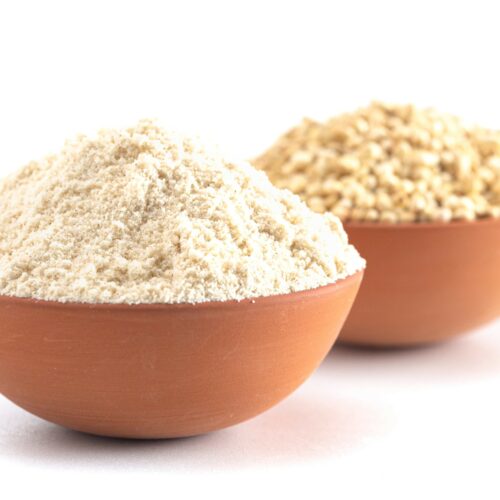
9 Best Substitutes for Sorghum Flour
Ingredients
- Arrowroot Powder
- Coconut Flour
- Rice Flour
- Quinoa Flour
- Potato Flour
- Tapioca Flour
- Teff Flour
- Xanthan Gum
- Chickpea Flour
Instructions
- From the list of substitutes above, pick your favorite to use in its place.
- Use your imagination and be creative with these substitute recipes!

